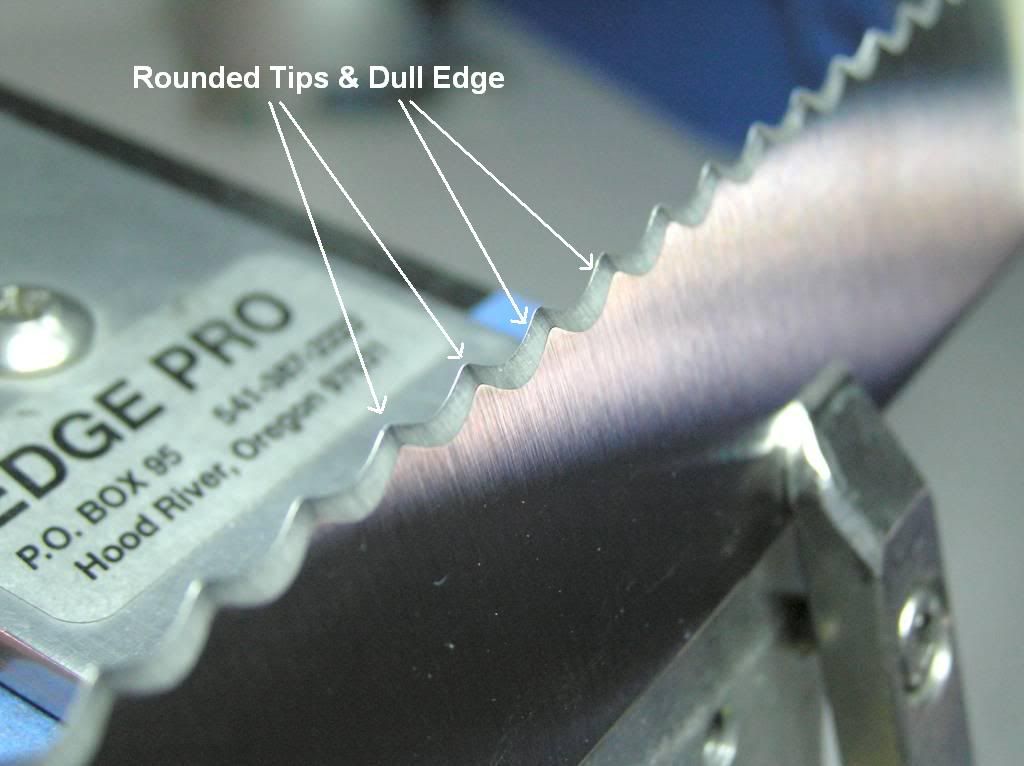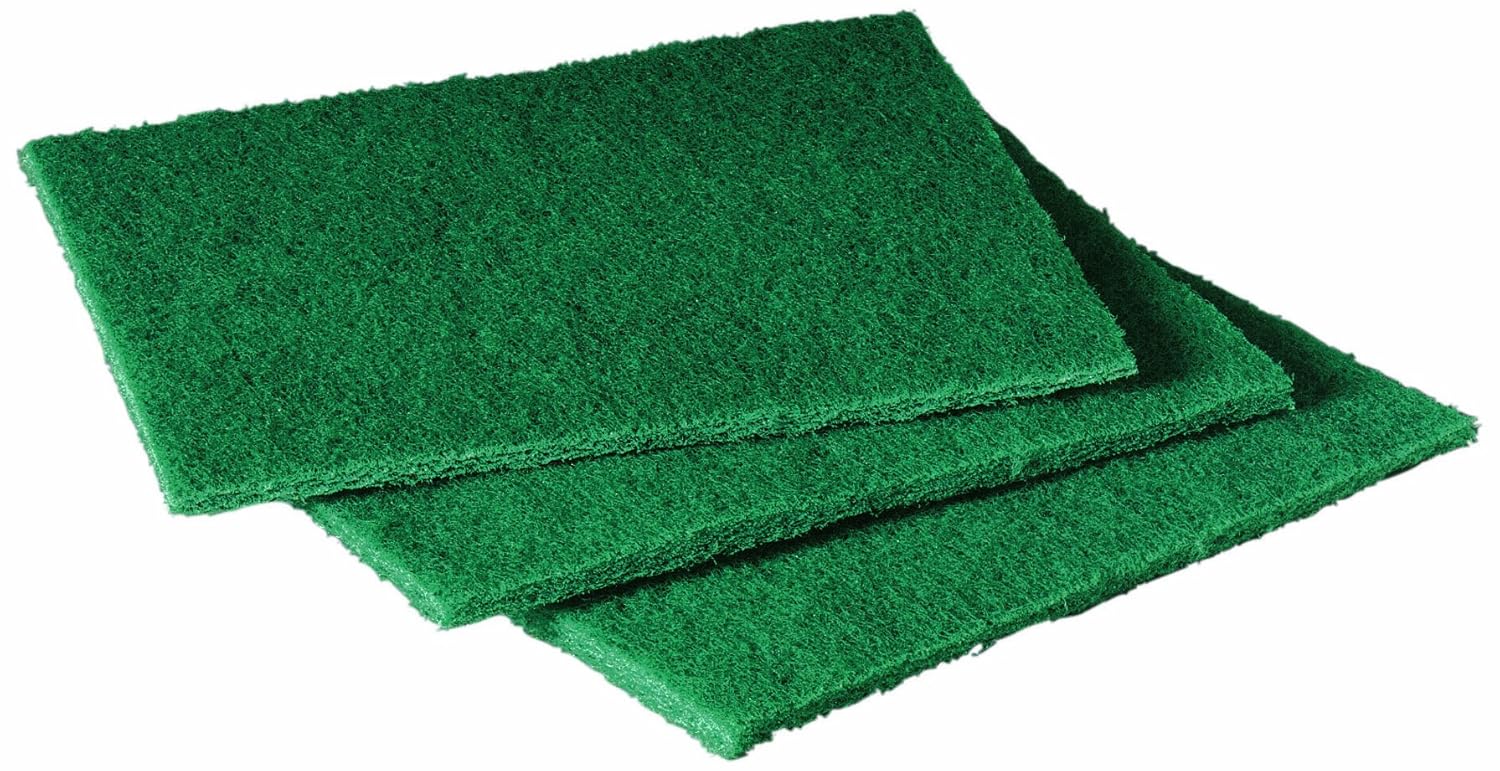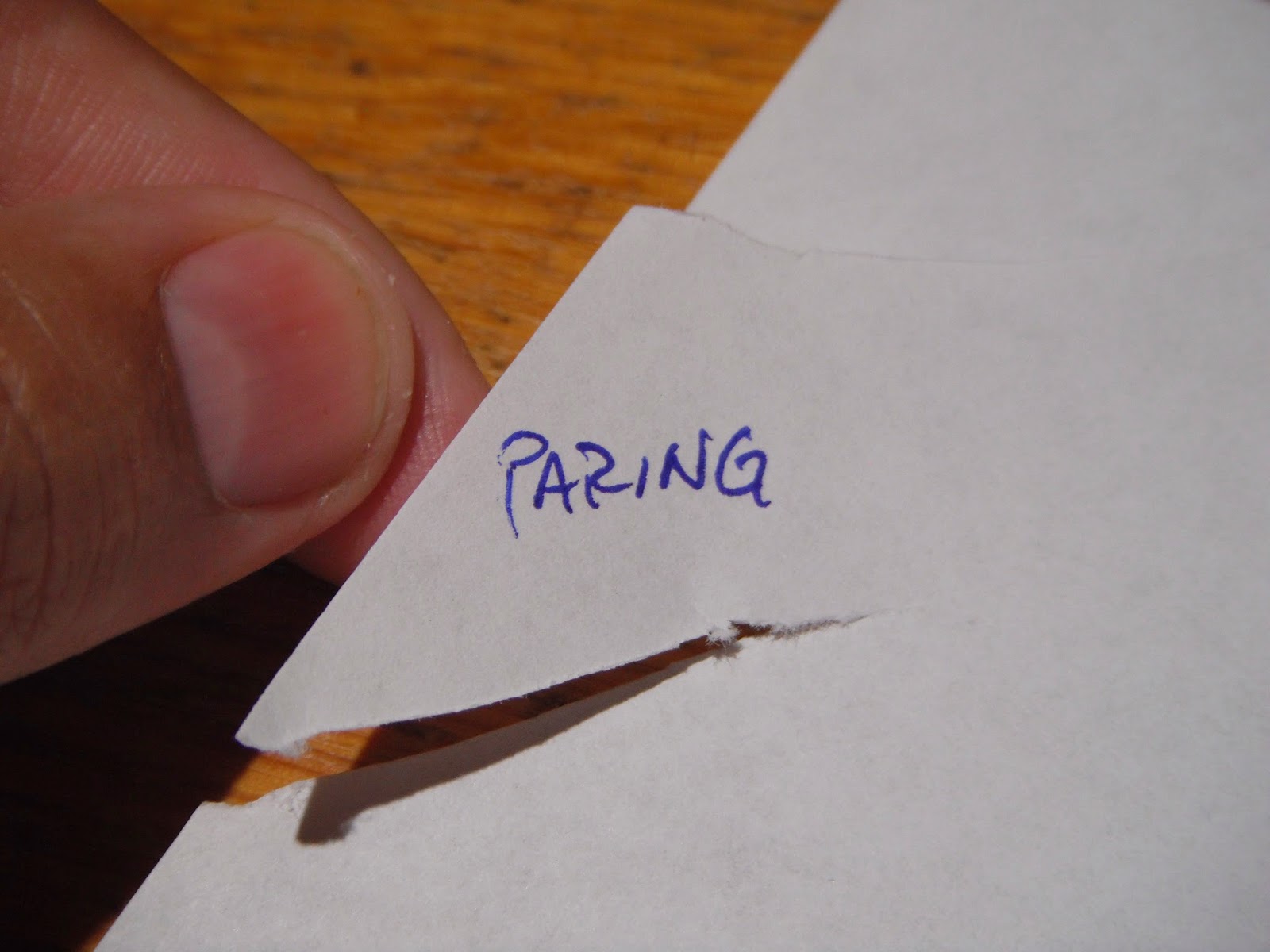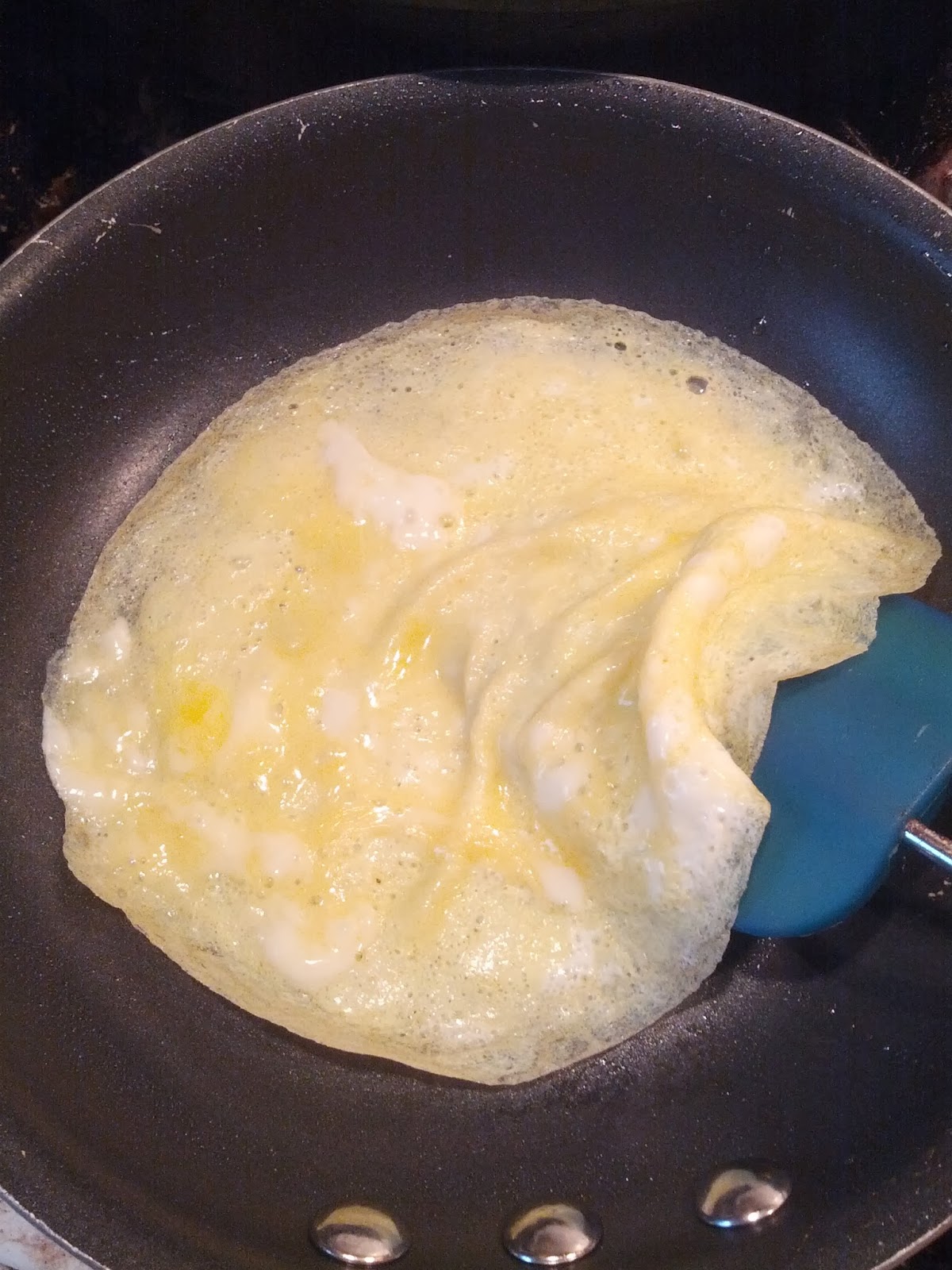A trimmed flat or point of brisket will cost 6-7 dollars per pound or even more. A chuck roast probably more as well. Buying a whole packer of brisket (includes the point and flat as one large piece) runs @2.50-3.68 per pound over the course of these posts. Finding a whole brisket is a little trickier, but Walmart has had them fairly consistently and at a good price.
You can trim the fat down to about 1/4 inch layer and cook it a variety of ways. Smoking the whole brisket is popular of course. You can pot roast in the Yiddish Gantze Tzimmes style or any other you like. On Big Bang Theory, when Howard Wolowitz speaks of his mother's brisket, Gantze Tzimmes is one possibility of what he means.
But more likely, you'll want to butcher your brisket further, at least down into the point and flat cuts and remove as much fat as you like along the way. I often trim it all the way down to the meat if I'm not smoking it. There's enough interstitial marbling for good flavor as it is.
Separating the point and the flat
The first post of Brisket Butchering 101 is a good guide to this with helpful pictures. You basically follow a seam of fat between the point and the flat. And trim off the fat cap to your desired thickness. A sharp knife 5-7 inches long is a good tool for this. A Boning knife would be good too. In BB101 guide link above, notice that the point is much coarser in texture and less evenly shaped. For these reasons the flat is more popular. You may also see that the grain of the flat and the point don't run in the same direction so carving a whole brisket for service can be a little tricky to get optimal texture.
Char Broil has a helpful video on Youtube as well. In this video, he carves out the majority of the fat between the flat and point, but leaves it otherwise intact for smoking in one piece.
And here is a packer brisket I picked up at Walmart.
Just start cutting away excess fat until you find the meat. I prefer to work in shallow strokes of a sharp knife, using mostly the tip. You can see the successive cuts in the flap of fat I'm pulling on.
Follow the contours of the meat pulling away the fat to expose the junction of meat and fat. The knife will follow the seam pretty naturally.
Notice here how the grain of the point and flat run at angles to each other.
Eventually you'll reach the other side of the meat slab and just trim things off.
The Flat, finer grained and of a more even shape and thickness, this is often the preferred cut for a corned beef.
The Point is coarser grained and thick at the pointed end and thinner on the flared end.
The fat trimmed from this brisket, 6 pounds worth. Even after the fat loss, the price per pound of the remaining meat was a bit over $5.00. Buying a trimmed brisket would probably still have a pound of fat to trim. As you can see above, I left no fat cap. So I save some money and some fat consumption by trimming it out myself. And you can too.
Up next, I'll post some things you can do with parts of brisket.





































































